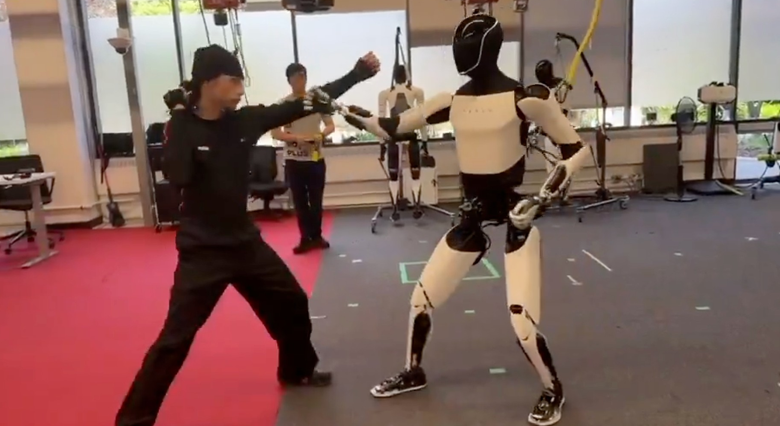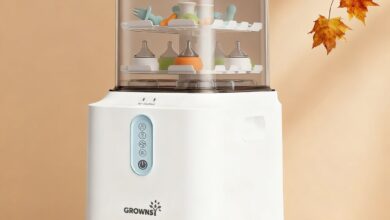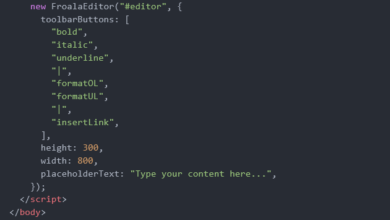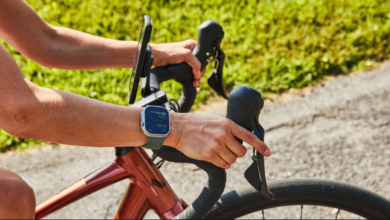Kung Fu Training for Tesla Bots? AI Robots Learn Self-Defense

Tesla’s humanoid robot, better known as Tesla Bot or Optimus, is making headlines again—this time not for factory work or household chores, but for showing off kung fu-inspired moves. As explained in the hkitblog.com journal videos shared online demonstrate the robot performing martial arts sequences that resemble classic self-defense techniques, sparking both excitement and concern about what this development means for the future of robotics.
From Assembly Lines to Martial Arts
Initially introduced by Elon Musk as a solution for labor-intensive and repetitive tasks, the Tesla Bot has been envisioned as a companion for industrial use, household assistance, and even healthcare support. However, its latest demonstrations suggest Tesla engineers are testing new levels of agility, balance, and body coordination.
In the clips, the robot is seen mimicking martial arts stances, punches, and even basic defensive maneuvers. While far from matching the speed and power of a trained fighter, the movements highlight how Tesla’s AI is evolving to give robots human-like flexibility and precision.
Why Martial Arts?
At first glance, teaching kung fu to robots may sound like a publicity stunt. But experts explain there are practical reasons behind it.
“Martial arts require a combination of balance, fluid motion, and quick reflexes,” said robotics researcher Dr. Hana Wijaya. “By training Tesla Bots with these movements, engineers are actually improving the robots’ ability to perform complex tasks safely and efficiently in real-world environments.”
In other words, kung fu training isn’t about creating combat robots, but about refining the motor skills and adaptability needed for daily activities—whether carrying heavy objects, avoiding obstacles, or interacting smoothly with humans.
The AI Behind the Moves
Tesla Bots are powered by AI systems that allow them to learn and replicate movements through motion capture and reinforcement learning. Much like how self-driving cars are trained, these robots process vast amounts of data to improve their decision-making and physical coordination over time.
The kung fu demonstrations suggest that Tesla is pushing the boundaries of robotic training by incorporating activities that demand dynamic movement and body awareness, rather than just pre-programmed routines.
Public Reactions: Fascination and Fear
The videos have gone viral, with many comparing the robot’s moves to martial arts legends like Jet Li and Bruce Lee. Some viewers expressed fascination at how quickly robotics is advancing, while others raised concerns about the potential risks of humanoid robots trained in combat-like skills.
“This is impressive, but also a little unsettling,” one online comment read. “Do we really need robots that know kung fu?”
See also: Advancements in china oil purifier Technology
The Future of Tesla Bots
Elon Musk has long envisioned Tesla Bots as everyday assistants, capable of everything from household chores to helping care for the elderly. With enhanced agility, these robots could one day perform tasks that require fine motor skills and situational awareness, making them far more versatile than current industrial machines.
Still, experts stress that Tesla Bots remain a work in progress. While kung fu training showcases their potential, the robots are not yet ready to replace human workers or companions in complex, high-stakes environments.
Tesla’s decision to train its humanoid robots with kung fu may seem unusual, but it reflects a broader mission: to create machines capable of moving and adapting like humans. Whether used for household tasks, industrial labor, or advanced caregiving, the agility developed through martial arts training could make Tesla Bots more reliable and safe.
For now, the world watches with curiosity—wondering if the next breakthrough in robotics will come not from the factory floor, but from the dojo.




